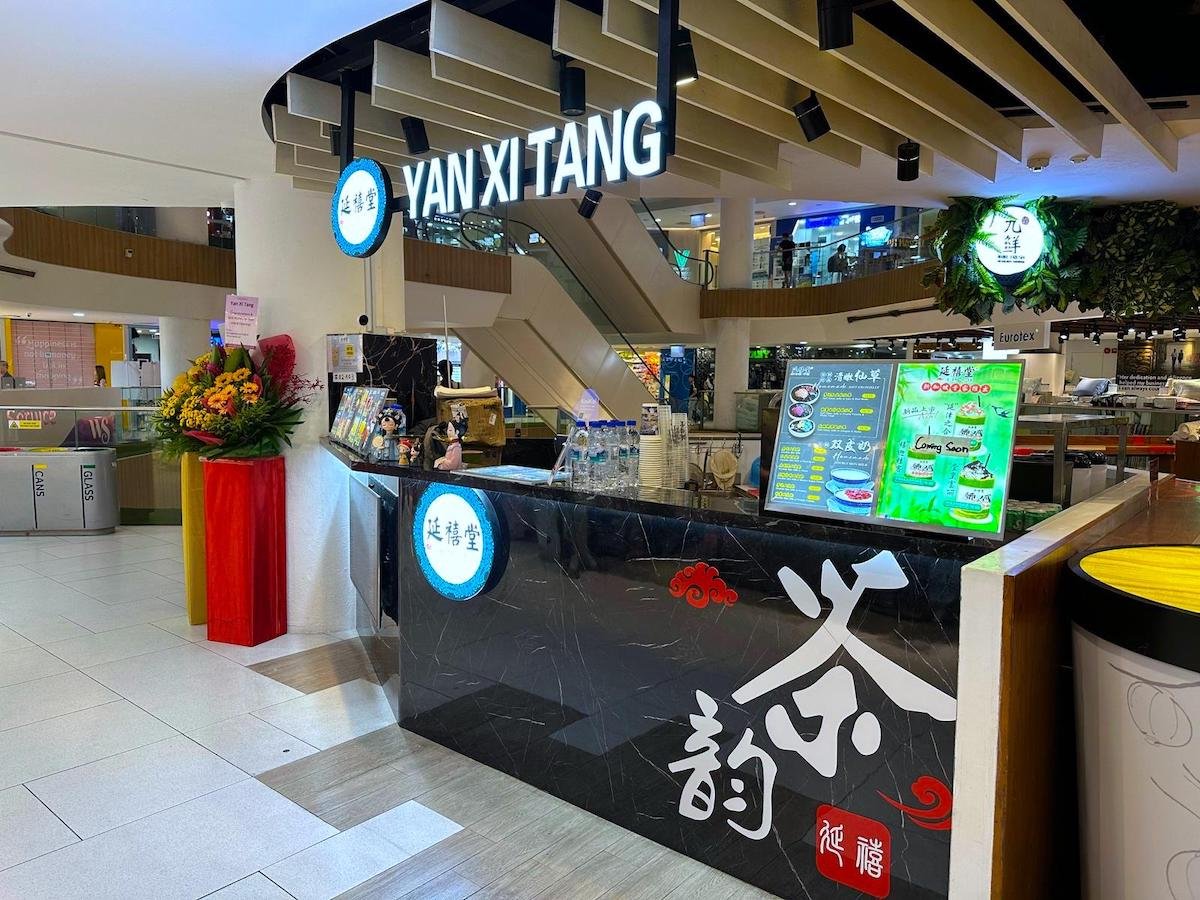The Dynamic Landscape of Direct-to-Consumer (DTC) Brands
Only a short while back, direct-to-consumer (DTC) brands emerged as fresh players in the retail scene. Characterised by agility, innovation, and a relentless drive for success, these brands harnessed digital platforms to reach specific, niche audiences, ultimately revolutionising the way we approach shopping.
Looking ahead to the present, we witness a stark transformation in the business landscape. While certain DTC brands have experienced remarkable success - propelling them to new heights, others encounter formidable obstacles as they navigate through an extremely dynamic environment.
Related: Vouchers vs Direct Discounts: Which is Better for a Retail Merchant?
What are DTC Brands?
DTC brands refer to companies that market and sell their products directly to consumers, eliminating the need for conventional retail intermediaries or third-party distribution channels. By sidestepping wholesalers, distributors, and physical stores, these brands attain full authority over the entire customer experience, managing everything from production and marketing to sales and customer support.
Key Characteristics of DTC Brands
Direct Selling to Customers: Exclusively offer their products through their own online platforms, websites, or brick-and-mortar stores. This approach cuts out intermediaries, resulting in cost efficiencies and enabling them to offer more competitive prices to consumers.
Strong Online Presence: Often have an established online footing and utilise e-commerce platforms effectively to access a vast audience. Dedicated investments are made in digital marketing, social media, and online advertising to cultivate brand recognition and boost sales.
Vertical Integration: Embrace vertical integration, which entails overseeing the entire supply chain, starting from sourcing raw materials to manufacturing and distribution. By doing so, they ensure consistent quality standards, swift responsiveness to market demands, and enhanced control over product pricing.
Customer-focused: A high emphasis is placed on the customer experience, positioning it at the core of their strategy. They proactively concentrate on cultivating direct connections with their customers, valuing open and transparent communication. By actively collecting customer data and feedback, these brands are dedicated to tailoring their offerings to individual preferences, ensuring a personalised and satisfying experience for each consumer. Additionally, this constant gathering of insights enables them to continuously enhance their products or services to meet customer needs and expectations.
Market Disruptors: DTC brands have caused significant disruptions across various industries, shaking up established players and fundamentally reshaping what consumers expect. With their distinctive products, groundbreaking business approaches, and tailored experiences, they draw in customers who prioritise convenience and value.
Brand Storytelling: Emphasis lies in storytelling and crafting compelling brand narratives. Through the art of conveying their mission, values, and vision, they forge profound connections with consumers, nurturing unwavering brand loyalty and fostering passionate advocacy.
Operationally Agile: Exhibit greater agility and flexibility in contrast to conventional retail brands. They possess the ability to swiftly adjust to market dynamics, roll out new product offerings, and experiment with diverse marketing approaches.
4 Biggest Challenges that DTC Brands Face Today
Rising Costs of Customer Acquisition
At the very start, Meta and Google were the go-to platforms for achieving digital marketing success, effortlessly generating profits with just a few ads. But the landscape has evolved, and times have changed. The surge in cost-per-mille (CPM) rates and the diminishing reliability of conversion data have put a strain even on well-funded DTC brands.
While most brands still allocate a significant portion of their marketing budget to Meta and Google, the current situation calls for a fresh approach. Diversifying the marketing mix and considering alternative advertising options such as Twitter, TikTok and other platforms can provide valuable opportunities and access to untapped growth audiences, crucial for increasing brand awareness.
In response to the privacy changes across many platforms, many brands have also been slow to adopt new technologies and strategies for collecting and leveraging first-party data to optimise acquisition efficiency. Furthermore, instead of simply analysing post-spending activity, the focus should shift to optimising marketing efforts before or during ad spending. This proactive approach can unlock incremental revenue and make a significant impact on the overall success of marketing campaigns.
Scalability
While being small and agile has its advantages, scaling up presents a whole new set of upsides but with its own challenges. Tasks such as inventory management, product line expansion, ensuring a smooth customer experience, and reaching new audiences can seem like an overwhelming undertaking.
To successfully navigate the complexities of scaling, it is crucial to invest in technology, infrastructure, and human resources. Embracing innovative tools in the market can also help brands remain nimble and adapt to changing consumer preferences and market trends.
When it comes to scaling customers, many brands tend to focus solely on Return on Ad Spend (ROAS) as the ultimate metric. However, this approach may be too limiting. Instead, it is essential to prioritise metrics like Customer Acquisition Cost and Lifetime Value, among other revenue goals to achieve growth objectives. Striking the right balance in performance indicators and measurement framework can be a liberating exercise in unlocking a more targeted approach.
Omnichannel Presence
While the significance of mobile shopping is on the rise, brick-and-mortar stores offer undeniable advantages. To avoid falling behind, DTC brands must gain a better understanding of how they can leverage a physical presence to support their growth. Creating a seamless connection between the online and in-store experiences is crucial. Whether it’s setting up showrooms for customers to be hands-on with products or establishing stores in densely-populated areas, the possibilities are diverse. However, the real challenge lies in maintaining a consistent and positive customer experience across all touch points.
This is where the integration of technology and data becomes paramount. Tools like Purple Rewards can aid in converting online marketing activities to offline customer purchases, making it an ideal business platform that can integrate data analysis with actionable solutions. The result is a cohesive brand presence that fosters customer loyalty and ensures long-term growth.
Related: Purple Rewards: Enjoy the Biggest Retail Merchant Deals
For DTC brands contemplating physical stores, careful consideration of the potential advantages and costs is essential before making any decisions. Short-term pop-up stores or “store-within-a-store” concepts might prove to be successful strategies to explore. Ultimately, finding the right balance between online and offline presence will be the key to thriving in today’s competitive market.
Integrating Artificial Intelligence (AI)
AI-based technology offers invaluable assistance to DTC brands in enhancing their business operations and elevating the overall customer experience. Leveraging the power of AI enables companies to refine personalisation, customer service, demand forecasting, pricing optimisation, and supply chain management.
Numerous brands are already making strides in the realm of AI-driven customer data analysis, resulting in tailored product recommendations, customised content, and targeted promotional offers. Moreover, AI-powered chatbots and virtual assistants deliver instantaneous and round-the-clock support to customers, boosting response times and freeing up human representatives to tackle more intricate inquiries.
AI has also proven to be particularly effective in demand forecasting. By meticulously examining historical sales data and market trends, AI can generate precise demand forecasts, optimise inventory management, and minimise stock-related challenges. Additionally, AI enables brands to keep a close eye on competitor pricing and market conditions, such as search trends. This information empowers them to determine optimal pricing and bidding strategies in media, ensuring profitability and maintaining a competitive edge for businesses.
What Does All This Mean?
The rapid ascent of DTC brands in recent times has shaken up the conventional retail landscape and opened up new avenues for growth and prosperity. Nevertheless, as the industry continues to evolve and rivalry intensifies, these businesses will encounter substantial challenges in the next decade.
The costs of acquiring customers are also on the rise. Additionally, the necessity of establishing a strong omnichannel presence adds to the trials these companies must face, putting their resilience and adaptability to the test.
To successfully navigate these obstacles and sustain their growth trajectory amidst an increasingly competitive environment, DTC brands must explore alternative advertising platforms, harness customer data and market insights effectively, and invest in advanced technology, including AI-based infrastructure.












